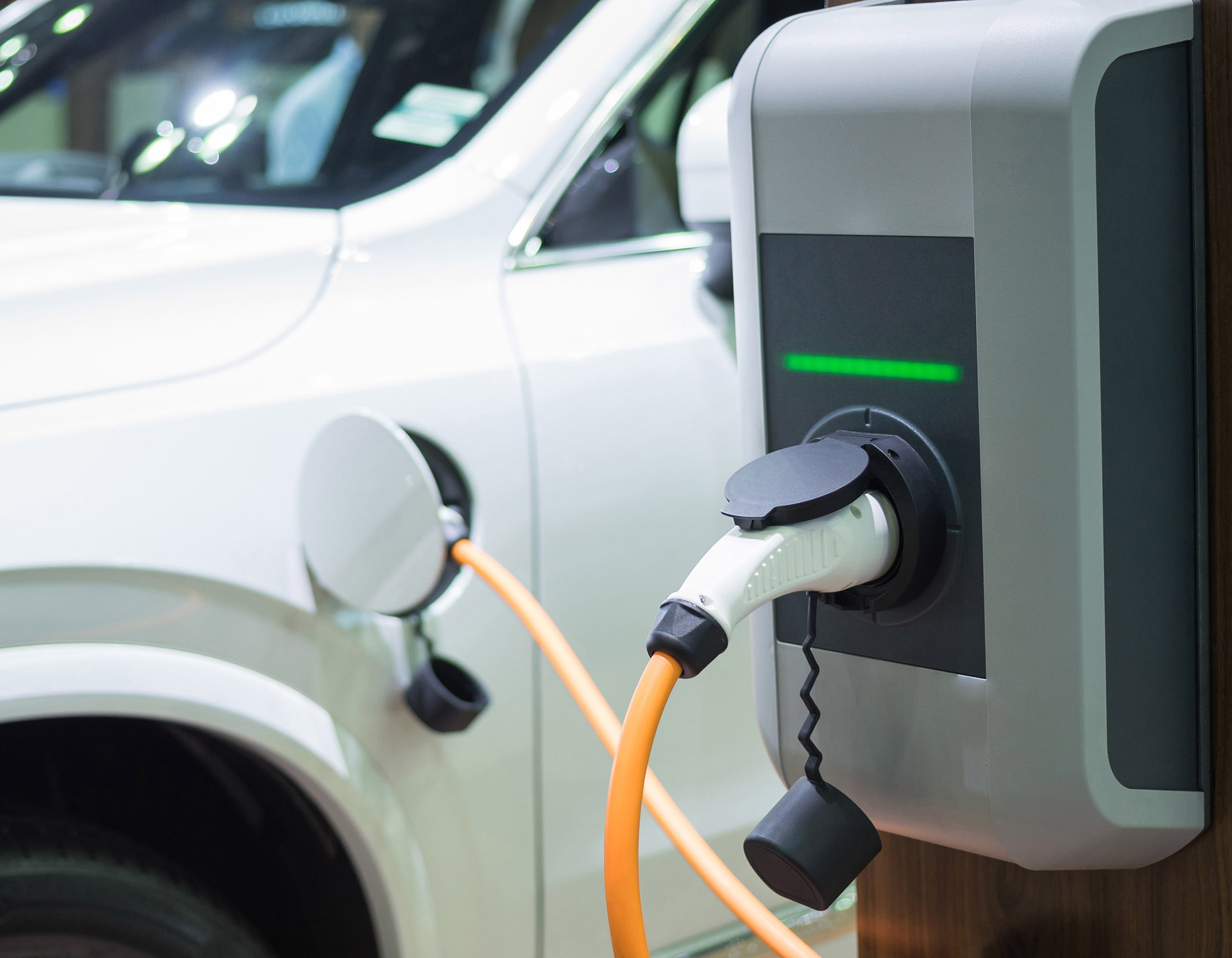Lithium is a silvery-white mineral that is one of the key components in electric vehicle (EV) batteries. While battery composition – including minerals like lithium, cobalt and nickel – may change, the fact remains that the world needs a lot more lithium to help put millions or billions of EVs on the road. According to Benchmark Mineral Intelligence, EV growth will account for more than 90% of the demand for lithium by 2030.
Until the mid-1990s, the U.S. led in lithium production. The lithium industry started in the U.S. and led the globe in production for nearly 50 years. But now, according to the U.S. Geological Survey’s Mineral Commodity Summaries, the U.S. is more than 25 percent reliant on lithium imports from countries such as Argentina, Chile, China and Russia.
Lithium reserves in the U.S. remain unchanged – there are roughly eight million metric tons of lithium embedded in U.S. soil, placing us in the top five countries for lithium reserves. Over the last decade, however, the U.S. has seen a steady decline in active lithium mines and today we make up only 1% of global lithium production.
The International Energy Agency predicts lithium production must increase 40x by 2040 to fully transition to renewable energy technologies like EVs. The Biden administration seems keen to make this transition, with the recent announcement of 500,000 new EV charging stations across the U.S. in addition to over $24 billion invested in more sustainable transportation efforts. While this initiative is well-intentioned, it will likely backfire if we don’t start mining our lithium. The U.S. has several proposed lithium mines but many have been tied up in permitting or legal challenges for over a decade.
Lithium Americas’ Thacker Pass Project was recently approved to move forward with what would be one of America’s largest sources of lithium. The project, which first began exploration in 2008, is expected to produce 80,000 tons per annum (tpa) of lithium carbonate that will help build one million EVs a year.
Piedmont Lithium plans to open its Carolina Lithium mine that would produce enough lithium to supply 500,000 EVs annually and Ioneer is developing its Rhyolite Ridge Lithium-Boron Project that hopes to refine enough lithium for 370,000 EVs. Both reserves and exploration are alive and well in the U.S. the only thing standing in the way of the U.S. becoming a leading producer is permitting reform.
Instead of passing the legislation necessary to approve domestic mines, the U.S. continues to support jobs elsewhere, importing lithium and other minerals essential to the energy transition. Not only could we be mining lithium on our terms, but we could also be creating more American jobs that will contribute to America’s economy Katie Sweeney, Executive Vice President of the National Mining Association said in her recent testimony before Congress, “As the permitting process for important projects across the U.S. drags on, geopolitical rivals are taking advantage of our bureaucratic inertia.”
The path forward is clear: pass commonsense permitting reform, approve American mines and return our country to its rightful place as the leader in lithium production. Without these, the U.S. will remain dependent on unstable supply chains and fall behind in the race to advanced energy. Let’s put ourselves back on the path to supply chain security.
This article was published by: Kate Kamber
Visit the original article here



